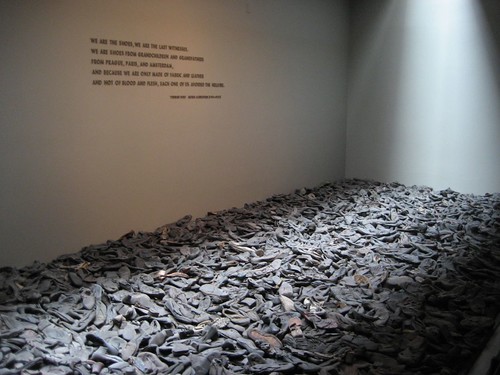In class today, we watched a TED talk by Rachel Botsman, which can be watched here. Botsman was educated n the University of Oxford as well as Harvard University. She is the co-author of the influential book What's Mine is Yours: The Rise of Collaborative Consumption, published in 2010. She is an inspiring speaker who talks about topics related to technology and innovation.
After watching her TED talk today, the class had to pick, at random, a company/website/organization based around the idea of collaborative consumption. I got Zipcar, "a membership-based car sharing company providing automobile reservations to its members, billable by the hour or day." This means that if an individual has a membership, they are eligible to reserve an automobile, and pay by the hour or the day. Zipcar was founded in 2000 by Cambridge, Massachusetts residents Robin Chase and Antje Danielson, and is now led by Scott Griffith, Chairman and Chief Executive Officer. Zipcar offers more than 30 makes and models of self-service vehicles by the hour or day. The company offers over 8,000 vehicles in urban areas throughout 28 North American states and provinces. The company also thrives in the United Kingdom, and has over 500,000 members referred to as "Zipsters." Zipster also has presence on over 225 college campuses.
Members can reserve Zipcars online or by phone 24/7, and reservations can be made from minutes up to a year in advance. Zipcar members have automated access to Zipcars using an access card called a “Zipcard,” which works with the car's technology to unlock the door, where the keys are already located inside. Zipcar charges a one-time application fee of $25, and an annual fee of $50, and reservation rates start from $8 per hour and $66 per day. Gas, parking, insurance, and maintenance are included in the price.
Monday, March 21, 2011
Tuesday, March 15, 2011
Holocaust Museum
It's a little late, but I'm finally reflecting on my class visit to the United States Holocaust Memorial Museum. I had previously visited the museum when I was in sixth grade, four years, but I did not remember much. I wasn't sure what to expect, so it was difficult for me to be mentally prepared. Of course as a sophomore in high school I have done much research and learned about the Holocaust in the past. I have even met a Holocaust survivor, but how was I supposed to brace myself for this experience? I had figured that some things in the museum would shake me up a little but I underestimated the power of the things I saw that day. I was expecting to see pictures of all different races of people who experienced the Holocaust, a few short films, and maybe written documents left behind by victims. I had high standards but I honestly was not sure what to expect from the museum, and I was really surprised by the content of the many rooms.
Here are two pictures that impacted me the most.
The first picture is shoes. Hundreds of shoes piled on top of each other, bathed in dust. To see these shoes from only a few inches away really hit me hard, as well as the human hair. Sure, I read about the countless people killed and tortured, but to see the shoes that were on their feet, and the hair that was on their heads, gave me a feeling that is difficult to explain. It made the situation much more real than it already was. There were baby shoes in the ocean of torn leather and canvas. I felt hurt and angry for the people that once filled those shoes.
I learned so much from this experience, and I am extremely thankful for the opportunity to visit this museum again. I was able to take away the lesson of never taking life for granted, and to be thankful for the life that I have. It takes a lot to really learn these life lessons, and for me, they came easily due to the proof in this museum. My favorite part of the museum was the last memorable room I had entered.
There was a round room where anyone was able to light a candle. It gave me a moment to reflect in silence what I had just seen and heard. Days after the trip, I was still recovering from the painful sights that I am so thankful to have seen.
Here are two pictures that impacted me the most.
The first picture is shoes. Hundreds of shoes piled on top of each other, bathed in dust. To see these shoes from only a few inches away really hit me hard, as well as the human hair. Sure, I read about the countless people killed and tortured, but to see the shoes that were on their feet, and the hair that was on their heads, gave me a feeling that is difficult to explain. It made the situation much more real than it already was. There were baby shoes in the ocean of torn leather and canvas. I felt hurt and angry for the people that once filled those shoes.
I learned so much from this experience, and I am extremely thankful for the opportunity to visit this museum again. I was able to take away the lesson of never taking life for granted, and to be thankful for the life that I have. It takes a lot to really learn these life lessons, and for me, they came easily due to the proof in this museum. My favorite part of the museum was the last memorable room I had entered.
There was a round room where anyone was able to light a candle. It gave me a moment to reflect in silence what I had just seen and heard. Days after the trip, I was still recovering from the painful sights that I am so thankful to have seen.
Subscribe to:
Comments (Atom)


